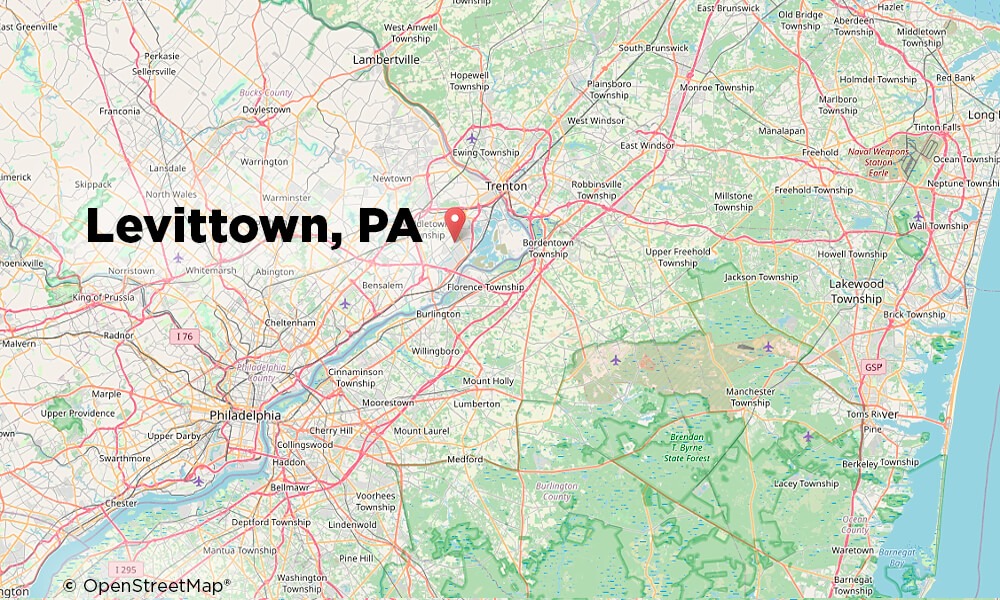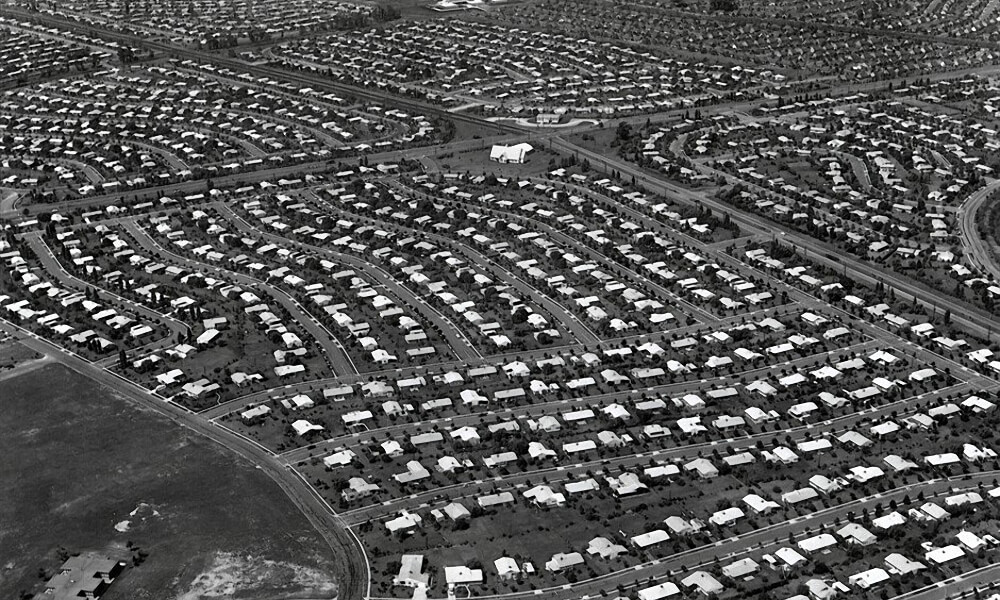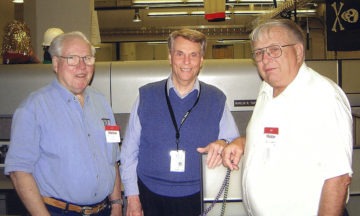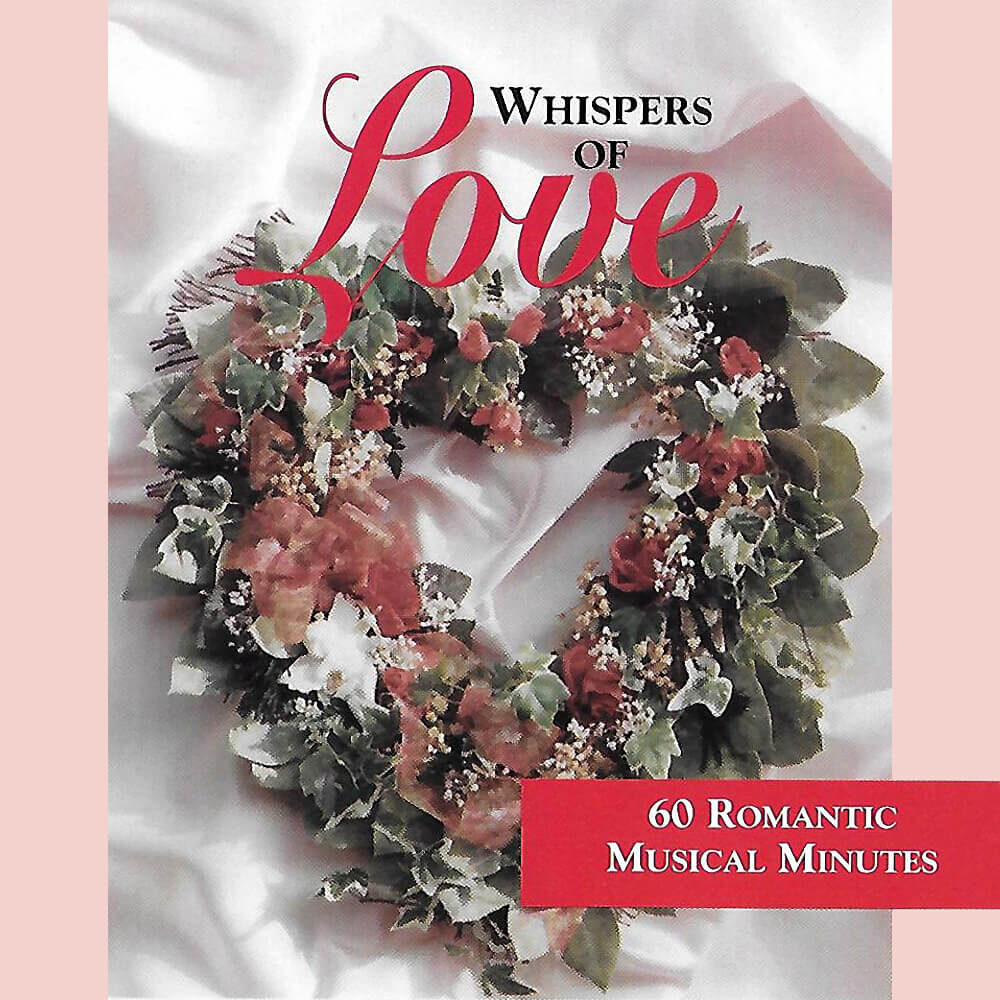Picking up from where I’d left off in my previous Musings …
This was early 1958. Having gained the knowledge and secured the information, forms, and aeronautical charts needed, it was time to begin preparing the application packet to send to the Federal Communications Commission (FCC).
I was preparing my station application at a time before the FCC published a national allocation chart that specified which frequencies could be filed for in a particular city or community. In the 1950s you just chose a spot on the dial that you could show was open. I thought I had found the ideal frequency … 99.9 … as it fit perfectly in this area between New York and Philadelphia.
After submitting the application and receiving a notice of acceptance of filing, we heard nothing for a year. This wasn’t unusual at that time. The next notice from the FCC was that there had been an application filed by the Easton Express newspaper people to use the same frequency in Easton, PA, located less than 50 miles to the north. The two applications were, in the government’s terms, declared “mutually exclusive,” meaning only one application would be granted. If we wanted to fight for the frequency there would be extended hearings to determine which application would be granted. This fight would be hampered by us having minimal resources, versus the opposition’s extensive resources, and the fact that yours truly had just been drafted into the U. S. Army and was being stationed in Thule, Greenland. And so, we were left with just one option … find a new workable frequency.
I did manage to find one other frequency, 107.5. However, under the rules in force at the time, it would have required a minor waiver, as we would have been slightly short-spaced mileage-wise with a station on an adjacent frequency. This could have been worked out, but what killed us again was that a competing application was filed for that frequency at another location — Boyertown, PA — about the same distance away.
A couple of years later, 1961, after the FCC first issued its frequency allocations chart, one channel over from my original 99.9 choice, 100.1 KHz, was assigned to Levittown, Pennsylvania. The AM station licensed to Levittown, WBCB, had filed an application and received a permit to build on 100.1, but did not follow through and construct the station. (I was recently told, by a person familiar with the situation, that the manager of WBCB simply decided that building an FM adjunct wasn’t worth the expenditure … to me a foolhardy decision.) At the same time as WBCB canceled their plans, the FCC removed its Levittown 100.1 assignment from their national allocations chart, so there was now no opportunity for anyone else to apply.
Life Goes On
By the time I returned home from Greenland in mid-1960, the FCC had trashed our application, as I had found no other potential frequencies to propose, plus I still had a year left in the military.
Perhaps, in hindsight … if I had been a little more astute and insightful, I could have proposed petitioning to occupy 100.1 — yet, under the then FCC FM rules regarding spacing between stations on adjacent frequencies, it really didn’t fit! There is one factor which may have made this possible … certain channels, including 100.1, were/are designated as Class A frequencies, or Community channels that are limited to lower powered operation. Looking back I can see now that the FCC had begun to loosen its rules, as it was not long after that they granted a full-powered station located in Media, PA — just 30 miles south — to operate on 100.3, directly to the right of the Levittown frequency. (Likely too much detail for most of you, thank you for persevering.)
By this time, I had completed my military obligations and was now very involved with my first full-time position in radio. I was the station manager, program director, and only full time employee of WHFS (FM), a new station in Bethesda, Maryland. I’d given up on my quest to build and operate my own radio station, at least for the foreseeable future. Still, WHFS would be the first of two new FM stations for which others had obtained the permits to construct, yet I would play an instrumental role in launching.
FCC Frequency Allocation Slots Fill Up
By 1961, all of the truly workable frequencies for the greater Philadelphia area had either been applied for or were already taken. Even so, the owners of the Philadelphia Bulletin newspaper, having owned the WCAU Radio and TV stations years earlier, desired to re-enter broadcast ownership. To do so, they arrived at a solution. They would pay the folks at WSNJ-FM in Bridgeton, located southeast of the city in southern New Jersey, to move from 98.9 to 107.9. This change would allow 98.9 to be applied for and granted for the Philadelphia area. And so, the Philadelphia Bulletin station, WPBS, began broadcasting in 1961.
Many years later, 107.9 was purchased and moved from Bridgeton, NJ, to the Philadelphia suburb of Pennsauken, NJ even though the transmitter is smack in the middle of Philadelphia. Why? Because the the radio industry, like so many other industries, “follows the money.” There are far more potential $$’s in the large metropolitan area than in the smaller Bridgeton!
There would have been no more FM stations licensed to the greater Philadelphia area (which Levittown would be considered part of) except for David L. Kurtz’s determination! As detailed in Chapter 5 of my radio memoir, Dave was able to convince the FCC to grant him a permit for 101.1, even though it didn’t meet the mileage separation requirements for the distance to the Empire State Building, where New York City’s WCBS-FM transmitter is located. In 1963, closeness of the stations really didn’t matter as WCBS-FM was operating at less than maximum power and Dave Kurtz’s application called for a rather low-powered operation. Yet, as time passed, both sought to increase their signal strength — for which they eventually reached a mutual agreement to do so, simply “banging together a little harder in the middle.” This means that if you drive north of Trenton, New Jersey, toward Princeton, depending on the terrain and the positioning of your antenna, your radio will likely bounce back and forth between the two stations.
If you haven’t made the connection … Dave Kurtz’s FM station, WDVR, was where Marlin Taylor and Jerry Lee both had the opportunity to begin climbing the ladder to success in the radio broadcast industry! As the years passed, the call letters were changed to WEAZ, Eazy101, then to its current WBEB, or B-101!
Today, some 60 years later, unless you go out in the hinterlands where there are no people, you’ll not find any real “breathing room” anywhere on the FM band. Nowadays, the FCC will occasionally come up with a few slots and assign a channel that has be applied for in smaller communities that are well away from any real metropolitan area. In many of these cases, someone will find an opening that they’d like to utilize and ask the Commission to make an assignment. However, the process of being granted use of a frequency is not like the old days. You can’t just complete and file the prerequisite paperwork. Instead, an auction process kicks in and you must place a bid, usually in the multi-thousands of dollars.
Marlin’s Saga Rewind
I’d like now to hark back to my 1958 escapade and our application for 99.9. Recently I’ve done additional research. The competing application to ours, which came from the Easton Express newspaper folks, had already been operating their FM station since 1949. It was situated on one of those Community low-power channels. What they wanted was to move to a new frequency to begin operating at higher power. I have a sense that their change may well have been filed even before we submitted our application but just was buried in the FCC bureaucracy for an extended period.
From the Small World department: My programming services entity, Bonneville Broadcast Consultants, would, some two decades later, program the 99.9 station for a period of time. For better branding, we changed the call letters to WQQQ. If you were to write the capital letter “Q” in cursive form, it looks much like the number “9,” as in 99.9 — make sense? We thought so!
Dreams are what life is made of. If you don’t seriously pursue your dreams, the chances of them becoming reality are quite slim! Chasing my original dream never did produce edible fruit . . . yet my heartfelt desire of having a career in radio broadcasting was fulfilled without question. I was privileged to spend the bulk of my working life doing what I dreamed of doing since as far back as my high school days … bringing joy to people’s lives! I really couldn’t have asked for more.







The 100.3 frequency licensed to Media, PA has had an interesting history. The original owner was radio minister Carl McIntire, and the station's license was revoked in 1973 for violating the Fairness Doctrine. The frequency was silent in the area for 8 years while competing applications dueled over the license, which finally was awarded Greater Media in 1981.